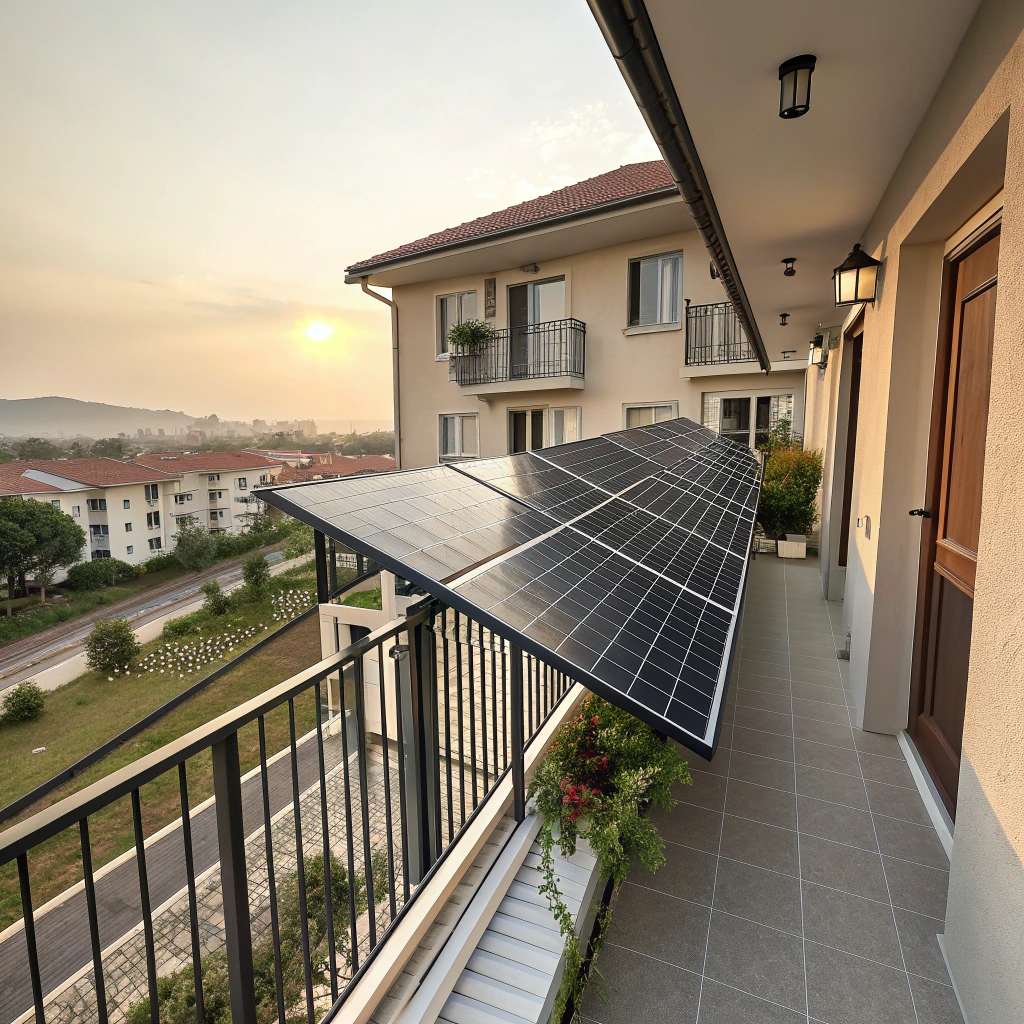Detailed Explanation of Inverter Voltage Levels – Performance Comparison Between High-Voltage and Low-Voltage Systems?
•
Detailed Explanation of Inverter Voltage Levels – Performance Comparison Between High-Voltage and Low-Voltage Systems?
Ever wondered how voltage levels impact your solar system's performance? The choice between high and low-voltage inverters could make or break your energy efficiency.
Inverter voltage levels significantly affect system performance, with high-voltage inverters offering superior efficiency for large-scale projects while low-voltage systems provide enhanced safety and cost benefits for residential applications.
Understanding these differences isn't just technical jargon - it's the key to maximizing your solar investment. Let's break down what really matters when choosing between high and low-voltage inverters.
Core Value of High-Voltage Inverters in Large-Scale PV Projects?
Why do utility-scale solar farms overwhelmingly prefer high-voltage inverters? The answer lies in their unmatched scalability.
High-voltage inverters[^1] (1000V+) enable larger string lengths, reduce cabling costs by up to 30%, and improve conversion efficiency by 2-3% compared to low-voltage systems in utility-scale applications.
Technical Advantages of High-Voltage Systems
-
Reduced System Losses
- Higher voltage = lower current for same power (P=VI)
- I²R losses decrease exponentially with voltage increase
-
String Design Flexibility System Voltage Max String Length Typical Application 600V 12-14 panels Residential 1000V 20-22 panels Commercial 1500V 30+ panels Utility-scale -
Balance of System (BOS) Savings[^2]
- Thinner gauge cables possible
- Fewer combiner boxes required
- Reduced installation labor costs
Economic Considerations
While high-voltage inverters carry 15-20% higher upfront costs, the total system savings typically deliver ROI within 3-5 years for projects >500kW. The efficiency gains become particularly compelling when considering:
- Reduced land use requirements
- Lower O&M costs
- Improved energy yield over 25+ year lifespan
Safety and Economic Advantages of Low-Voltage Inverters?
What makes low-voltage systems the go-to choice for rooftop installations? It's all about balancing safety with performance.
Low-voltage inverters (<600V) offer simpler installation, lower arc flash risks, and 15-20% cost savings for residential systems while maintaining 96-98% conversion efficiency for typical home energy needs.
Safety Benefits Breakdown
-
Reduced Electrical Hazards
- Arc flash energy decreases with voltage squared
- 600V systems have 1/4 the arc flash risk of 1000V systems
-
Simpler Compliance
- Meets NEC 690.7 voltage limits without special provisions
- No requirement for rapid shutdown systems below 80V
-
Installation Advantages
- Can use standard household wiring practices
- No need for specialized PPE during maintenance
Cost Comparison Table
| Cost Factor | Low-Voltage (600V) | High-Voltage (1000V) |
|---|---|---|
| Inverter Cost | $0.25/W | $0.30/W |
| Wiring Costs | $0.10/W | $0.07/W |
| Installation Labor | $0.15/W | $0.12/W |
| Total | $0.50/W | $0.49/W |
Note: For systems <10kW, low-voltage typically offers better economics
Starting from Voltage Matching: Key Ideas for Improving the Overall Power Generation Efficiency of Inverters?
How can voltage optimization unlock hidden efficiency gains in your solar array? The secret lies in precise system matching.
Optimal voltage matching increases inverter efficiency by 1-3% by keeping the system operating near the inverter's peak power point, while proper string sizing prevents voltage drop losses that can reduce yield by up to 5%.
Voltage Matching Strategies
-
Panel-Inverter Compatibility
- Match Vmp to inverter MPPT range
- Account for temperature coefficients
- Maintain 20-50V buffer from voltage limits
-
String Sizing Guidelines Climate Panels per String Voltage Consideration Hot (desert) +10% Higher voltage drop Temperate Standard Balanced approach Cold (northern) -10% Voltage rise concern -
Advanced Techniques
- DC optimizers for mismatched strings
- 3-phase inverters for balanced loads
- Dynamic voltage regulation systems
Efficiency Impact Analysis
Implementing proper voltage matching can deliver:
- 1-3% immediate efficiency gain
- 5-8% longer inverter lifespan
- 2-4% better partial shading performance
- 1-2% reduction in thermal losses
Conclusion
Choosing between high and low-voltage inverters requires balancing scale, safety and efficiency - with high-voltage ideal for utility projects and low-voltage better suited for residential applications.
[^1]: Explore the advantages of high-voltage inverters for large-scale solar projects, including efficiency and cost savings.
[^2]: Find out how BOS savings can significantly reduce overall solar installation costs.






